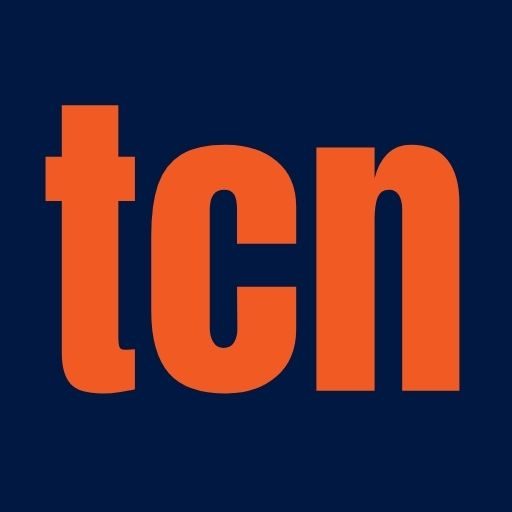- Need of the hour for Intel is to aggressively pursue innovation and strategic partnerships to capitalise on emerging technologies.
Intel Corporation, a cornerstone of the semiconductor industry, faces a critical juncture as it strives to regain its competitive edge under the leadership of newly appointed Chief Executive Officer, Lip-Bu Tan.
While its first-quarter results offered a glimmer of hope, exceeding analyst expectations, the company’s weak forecast for the second quarter underscores the challenges inherent in its ongoing turnaround.
The forecast, coupled with announced workforce reductions and a renewed focus on cost optimisation, signals a strategic recalibration aimed at aligning the company’s structure with its current scale and market realities.
The impetus for this restructuring is multi-faceted. Firstly, the company’s recent financial performance reveals a significant downturn, with annual revenue plummeting from its 2021 peak.
Secondly, Intel’s struggles in regaining its competitive footing under Tan’s predecessor, Pat Gelsinger, ultimately led to a change in leadership. Tan’s appointment signifies a renewed commitment to addressing the company’s core issues: regaining market share and achieving sustainable growth.
Volatile economic environment
His initial actions, including “eliminating management layers” and streamlining decision-making processes, reflect a desire to foster greater agility and responsiveness within the organisation.
However, Intel’s challenges extend beyond internal restructuring. As highlighted by Chief Financial Officer David Zinsner, the volatile global economic environment introduces a layer of complexity that necessitates a “disciplined and prudent approach.”
The looming threat of tariffs, particularly those potentially imposed by China, further complicates the landscape. These tariffs, potentially reaching substantial levels on US-manufactured chips, pose a significant risk to Intel’s revenue streams.
Furthermore, Intel’s missed opportunity in the burgeoning field of artificial intelligence computing represents a crucial setback. The dominance of Nvidia in this sector has resulted in a substantial disparity in revenue and market valuation, highlighting the need for Intel to aggressively pursue innovation and strategic partnerships to capitalise on emerging technologies.
Despite these headwinds, Tan’s strategic approach offers a potential path forward. His emphasis on “going back to basics” by listening to customers and empowering engineers suggests a renewed focus on product excellence and market responsiveness.
Discover more from TechChannel News
Subscribe to get the latest posts sent to your email.




